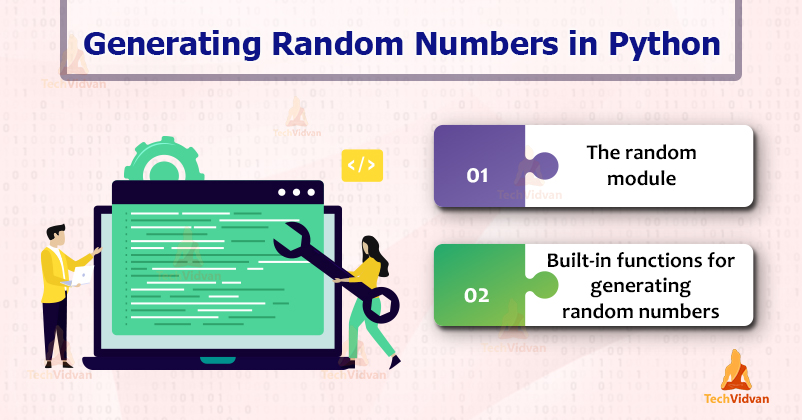

Normal distribution - Hence the projection onto the \(x\) and \((0, \infty)\) - Generate a variable \(\theta\) uniformlyĭistributed on \((0, 2\pi)\) from \(v\) by scaling - In polarĬoordinates, the vector \((r, \theta)\) has an independent bivariate Means that \(r\) is an exponentially distributed variable on \(r^2\) from \(u\) using the inverse transform method - This

The Box-Muller transform starts with 2 random uniform numbers \(u\)Īnd \(v\) - Generate an exponentially distributed variable Box-Muller for generating normally distributed random numbers ¶ title ( 'Histogram of accepted samples', fontsize = 20 ) Īd-hoc methods - e.g. step ( bin_centers, factor * hist, linewidth = 2 ) plt. histogram ( v, bins = 100, normed = True ) bin_centers = ( bin_edges + bin_edges ) / 2. pdf ( x ), linewidth = 2 ) # Plot scaled histogram factor = dist. uniform ( 0, upper, n ) # accepted points will come from target (Cauchy) distribution v = u plt. uniform ( - 4, 4, n ) # accept-reject criterion for each point in sampling distribution r = np. subplot ( 122 ) n = 100000 # generate from sampling distribution u = np. title ( 'Rejection sampling concepts', fontsize = 20 ) plt. arrow ( px, upper, 0, - ( upper - dist. axhline ( upper, color = 'grey' ) px = 1.0 plt. linspace ( - 4, 4 ) df = 10 dist = stats. # Suppose we want to sample from the (truncated) T distribution witb 10 degrees of freedom # We use the uniform as a proposal distibution (highly inefficient) x = np.


 0 kommentar(er)
0 kommentar(er)
